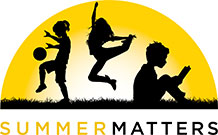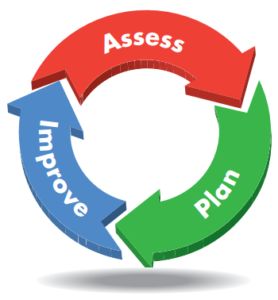Ideas for Helping Existing Summer Programs Embed Quality
August 29, 2016
Summer Matters 2015 – Outcome #2:
There are summer learning programs newly using the cycle of quality improvement and the campaign’s technical assistance (TA) tools.
Role of the Summer TA Providers:
Summer TA Providers funded by the Packard Foundation are tasked to help other summer learning programs
Activity:
TA Providers sat in groups of 4-5 and discussed the task of how they might provide technical assistance/support to help embed quality in an existing summer program. The “host” of each table wrote ideas generated from each discussion, and those have been transcribed below as a resource for TA providers.
TA Provider Recommendations
- Create value of the quality improvement process; create a culture of continuous improvement; make it the “thing to do”; common language of quality.
- Be intentional about what quality is and understand it.
- Repeat the detriments of summer learning loss. Help them realize they’ll minimize the loss. Create “inspiration”, “awareness”, and “ownership” aand get them in a “state of readiness”.
- Help them infuse quality components remind them it’s about having fun while embedding academics.
- Be strategic about what’s being offered.
- CASP-identified areas to focus on and address; build calibration around quality.
- Start with site staff understanding of quality:
- Assessment of their knowledge
- Staff training
- Raise consciousness about what quality programs are. Share tools, and allow them to practice and use the tools, then discuss what happens as the tools are used.
- SCALING – start small, build in more each year. “little by little you will move and improve.”
- Document systems to build institutional knowledge.
- Backwards planning.
- Develop and post cycle of quality improvement and a standard agenda item.
- Simply asking: “do we do it well?” Do we even ask this question?
- Recognition of quality:
- Internal – local level
- External – state level
- Professional development; continuing PD opportunities.
- Ongoing program evaluation and reflection with staff; data driven and reflective on their processes.
- Use common language and shared vision; all staff, including line staff, should know the program goals.
- Vet program monitoring with new program.
- STAFF – hire the right people; diffusion of expertise and put them in the role of teacher; ladder/scaling for new staff and support provided to them; use frontline staff and their reach.
- CHAMPIONS – know who your champions are or might become.
- COMMUNITY TA – find and access TA from existing programs within the community.
- SITE VISITS – site visits help to change perceptions of what quality really is; adds a deeper level of quality after seeing promising practices of quality.
- Stages of development of quality for sites; developing a language of practice.
- Document missteps so future progress can start at a smarter level.




